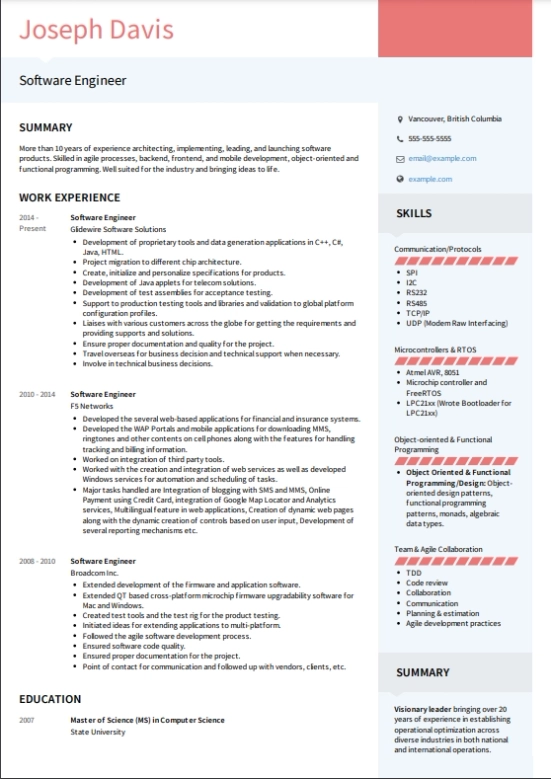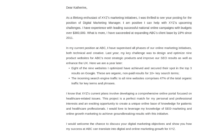Getting ready for your Year 10 work experience placement is a really exciting time. It’s your first proper step into the working world, giving you a glimpse into different careers and helping you figure out what you might enjoy doing later on. Even though it’s just a short placement, making a good impression starts even before you arrive, and that often means putting together a CV.
You might be thinking, "A CV? But I’ve barely got any experience!" And that’s perfectly normal. This article is here to walk you through exactly how to create a standout work experience cv template year 10, even if your experience so far has mostly been in the classroom. We’ll show you what to include and how to present yourself in the best possible light.
What to Include in Your Year 10 Work Experience CV
When you’re putting together your CV for a Year 10 work experience placement, remember that employers aren’t expecting you to have years of professional experience. What they are looking for is your enthusiasm, your willingness to learn, and an understanding of what you can bring to their team, even in a small way. Think of your CV as a brief introduction to you and your potential. It’s about highlighting your strengths, however minor they might seem.
Start with the basics: your contact information. Make sure your name, phone number, and a professional-sounding email address are clearly visible at the top. Follow this with a short personal statement. This is a paragraph or two where you introduce yourself, explain your interest in the work experience, and briefly mention what you hope to gain or what skills you’re keen to develop. Keep it concise and focused on your aspirations.
Key Sections to Consider
- **Contact Information**: Your name, phone number, email.
- **Personal Statement**: A brief introduction outlining your interest and what you hope to learn.
- **Education**: Your current school, subjects you are studying, and any notable achievements or grades if you wish to include them.
- **Skills**: This is crucial. Think about transferable skills you’ve gained from school projects, hobbies, or even helping out at home. Examples include teamwork, communication, problem-solving, basic IT skills, or time management.
- **Work Experience (or related experience)**: If you don’t have formal work experience, this section can include any volunteering you’ve done, school roles (like prefect or sports captain), participation in clubs, or even helping family members with tasks that required responsibility.
- **Hobbies and Interests**: Briefly mention hobbies that demonstrate positive qualities like dedication (e.g., playing a musical instrument, sports), creativity, or leadership.
Even without formal work history, you possess valuable skills. Consider group projects at school where you had to collaborate, or times you’ve had to manage your time effectively to meet deadlines. Maybe you’re part of a sports team, showing dedication and teamwork, or you’ve helped organise a school event, demonstrating organisational skills. These are all things that a potential supervisor will appreciate and understand. Be specific about what you did and the skills you used. For instance, instead of just saying "good at IT," mention "proficient in Microsoft Word and PowerPoint for school presentations."

Crafting Your CV for Maximum Impact
Once you have an idea of what content to include, the next step is to make sure your CV looks professional and is easy to read. A clear, well-organised layout makes a huge difference. Use a simple, clean font and make sure there’s enough white space so it doesn’t look too crowded. Remember, the person reading it might be sifting through many applications, so making yours easy to scan quickly will work in your favour. Focus on clarity and conciseness, as brevity is key.
Proofreading is incredibly important. A CV with spelling mistakes or grammatical errors can give a negative impression, suggesting a lack of attention to detail. Ask a parent, teacher, or older sibling to read through your work experience cv template year 10 before you send it off. They might spot something you missed and offer valuable suggestions. It’s always good to get a second pair of eyes on important documents.
Think about the specific placement you are applying for. While your core CV content will remain similar, you can subtly tailor your personal statement or highlight specific skills that are most relevant to that particular role or industry. For example, if you’re applying to a veterinary clinic, emphasise your responsibility or your passion for animal welfare. If it’s an office environment, highlight your organisational skills or computer literacy.
While this article focuses on the CV itself, it’s also worth remembering that some placements might ask for a brief cover letter. This is your chance to expand a little more on why you’re interested in that specific opportunity and what you hope to gain from it. Keep it short, enthusiastic, and directly address the person or department you are applying to if you know their details.
Creating your first CV for Year 10 work experience is a valuable learning curve, and it’s an important skill you’ll use throughout your career. This experience is all about growth, discovering new interests, and starting to build a network, no matter how small.
By putting effort into your CV, you’re not just securing a placement; you’re demonstrating your commitment and a professional attitude from day one. Embrace this opportunity to learn, observe, and ask questions, and you’ll find it’s an incredibly rewarding part of your educational journey.
